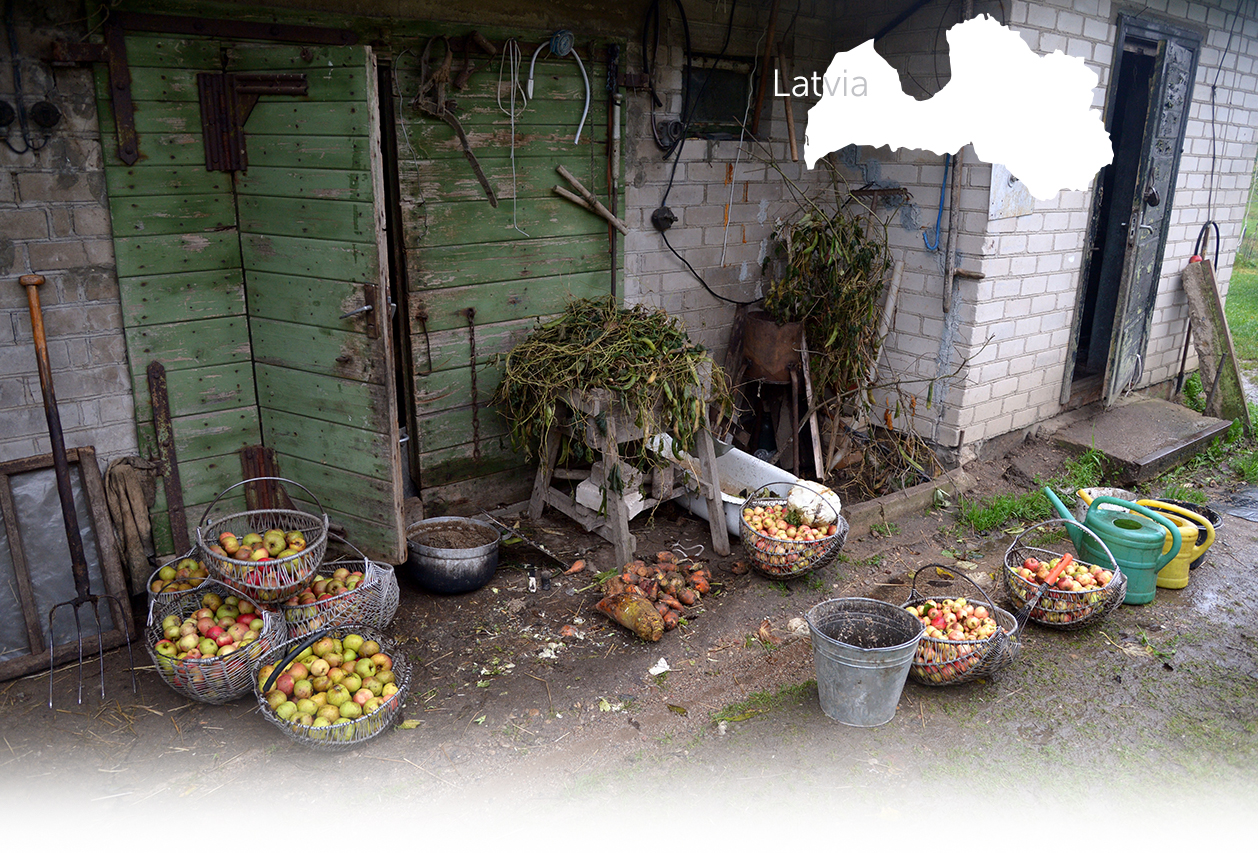

1 Killing site(s)
Zenta L., born in 1933: "At the beginning of the war, toward the end of summer, I saw a bus full of people pass along Brīvības Street. That evening, we heard heavy gunfire. A few days later, we learned that the Jews had been executed. This news brought great sorrow—many local residents had been friends with the Jewish community. The shooting took place on the outskirts of Ogre. After the war, I went there with some friends to pick mushrooms and berries. We saw that foxes had dug into the ground, and parts of human legs were visible, sticking out from the pit. During Soviet times, the victims’ remains were exhumed and reburied in the Ogre cemetery." (Testimony N°YIU187LV, interviewed in Ogre, on October 11, 2022)
Ogre is a town in the Ogre Municipality, located 36 km (22.3 miles) east of Riga, the capital of Latvia. It was first mentioned in written sources in 1206, under the name "Oger" in German.
During the period of Russian Empire rule, Jews were not allowed to settle in Ogre, as it was located outside the Pale of Settlement. By the outbreak of the First World War, there was only one Jewish family living in the town. However, during the interwar period, when Latvia became an independent nation, Ogre’s Jewish population began to grow. According to the 1935 census, the town had 50 Jewish residents, comprising 2.8% of the total population.
The Jewish community in Ogre was primarily engaged in commerce and the service sector. They operated several shops in the town center. Among them were Jewish merchants such as R. Abramson, Peisel Katzen, and Hirsch Meerson. The town was also home to a Jewish dentist, Menucha Yankelovich, and a kosher slaughterer.
Ogre had a prayer house, where children were taught Torah and traditional prayers.
In 1940, following the annexation of Latvia by the Soviet Union, Jewish community organizations and institutions were dissolved, and private businesses were nationalized. The exact number of Jewish residents who remained in Ogre on the eve of the Second World War is unknown, but according to an eyewitness interviewed by Yahad, several Jewish families still lived in the town at that time.
Ogre was occupied by German troops in early July 1941. Soon after, the town’s Jewish population—around 50 individuals—was rounded up and confined under guard in a house at 12 Brīvības Street, formerly used as the local militia headquarters. The Jewish detainees were subjected to forced labor, primarily on private farms.
On July 31, 1941 (or July 21, according to other sources), the regional commander Gulbis and members of the German Sicherheitsdienst (SD) arrived in Ogre from Riga. Assisted by members of the local Self-Defense unit, they searched the house where the Jews were imprisoned and confiscated their valuables, which were handed over to Commander Gulbis.
Immediately afterward, all the Jews were loaded onto a bus and driven to the so-called Preceni Ravine, located in a nearby forest approximately 600 meters from the town. Upon arrival, the victims were forced to dig a pit—into which they were later shot by 12 members of the local Self-Defense unit, under the supervision of an SD officer.
That evening, the non-Jewish residents of Ogre heard gunfire coming from the ravine. Several days later, they learned that their Jewish neighbors and friends had been murdered.
Following the destruction of the Jewish community in Ogre, the victims’ homes and belongings were divided among the perpetrators and local authorities.
In 1965, the remains of 44 victims were exhumed from the Preceni Ravine and secretly reburied at the Ogre cemetery. Among them were 19 women, aged between 2 and 71, and 25 men, aged between 7 and 70.
In 1991, a monument was erected at the reburial site to commemorate the Jews of Ogre who were murdered by fascist forces in 1941.
Do you have additional information regarding a village that you would like to share with Yahad ?
Please contact us at contact@yahadinunum.org
or by calling Yahad – In Unum at +33 (0) 1 53 20 13 17